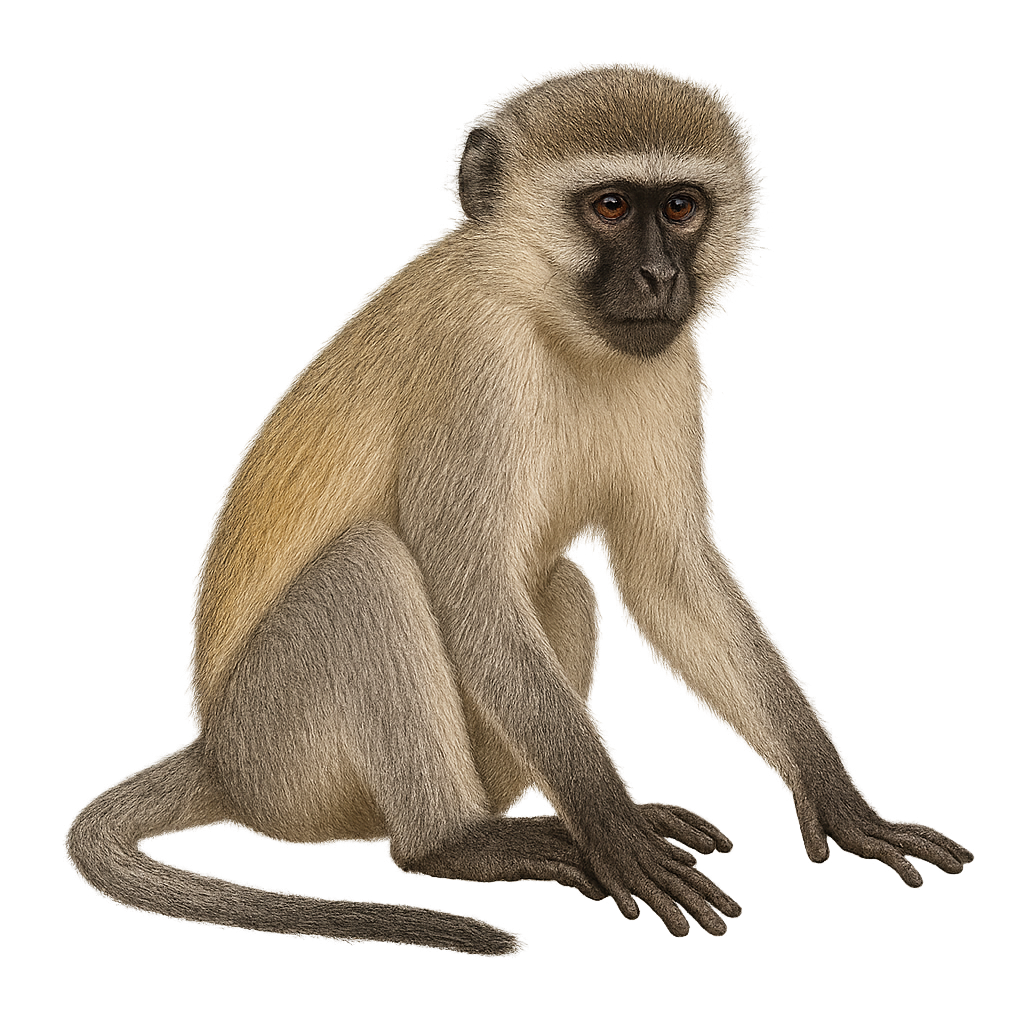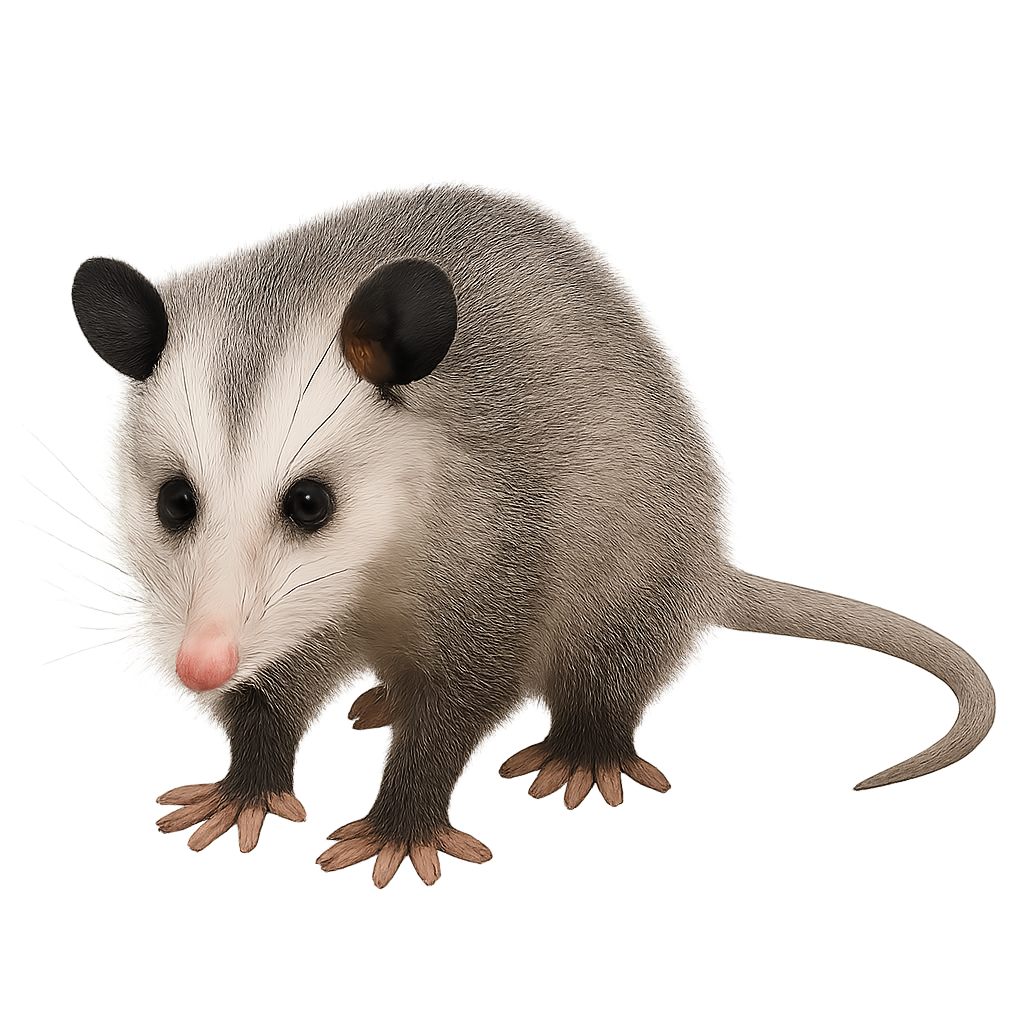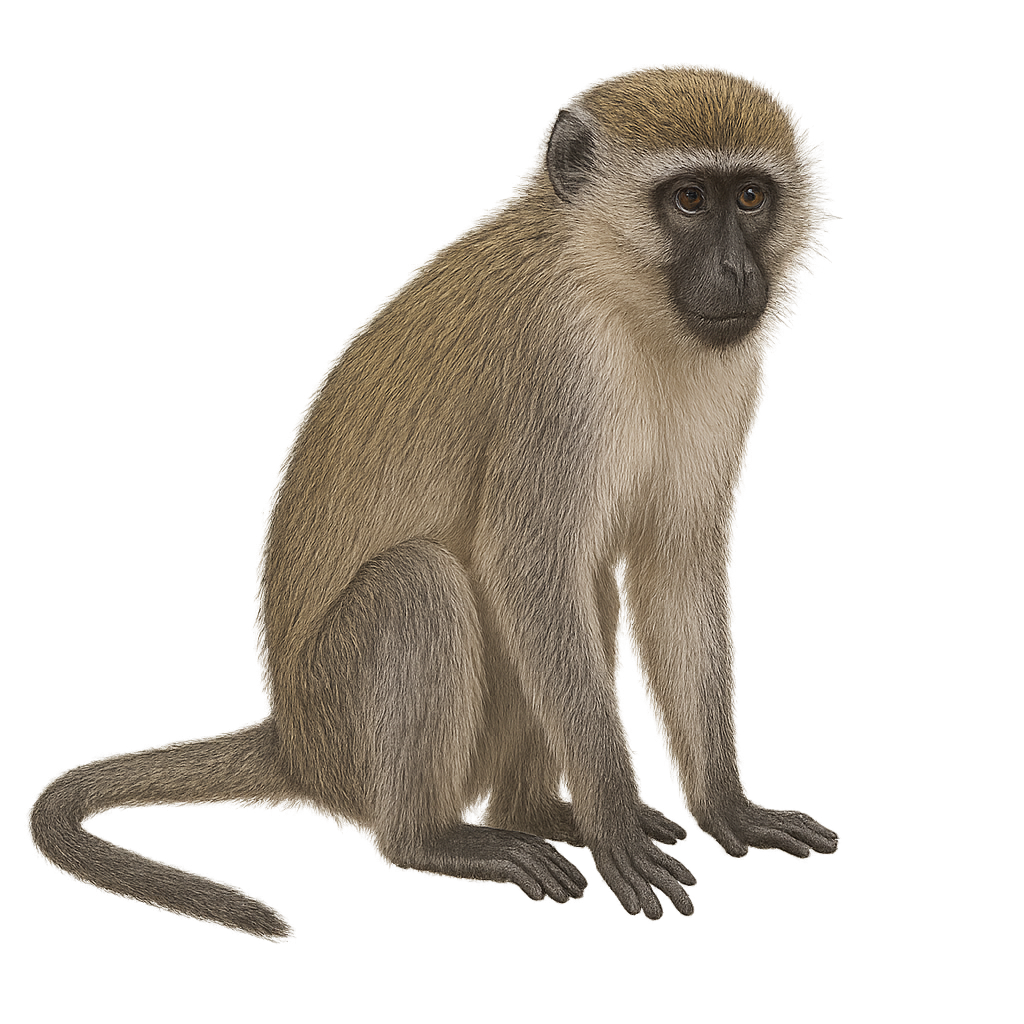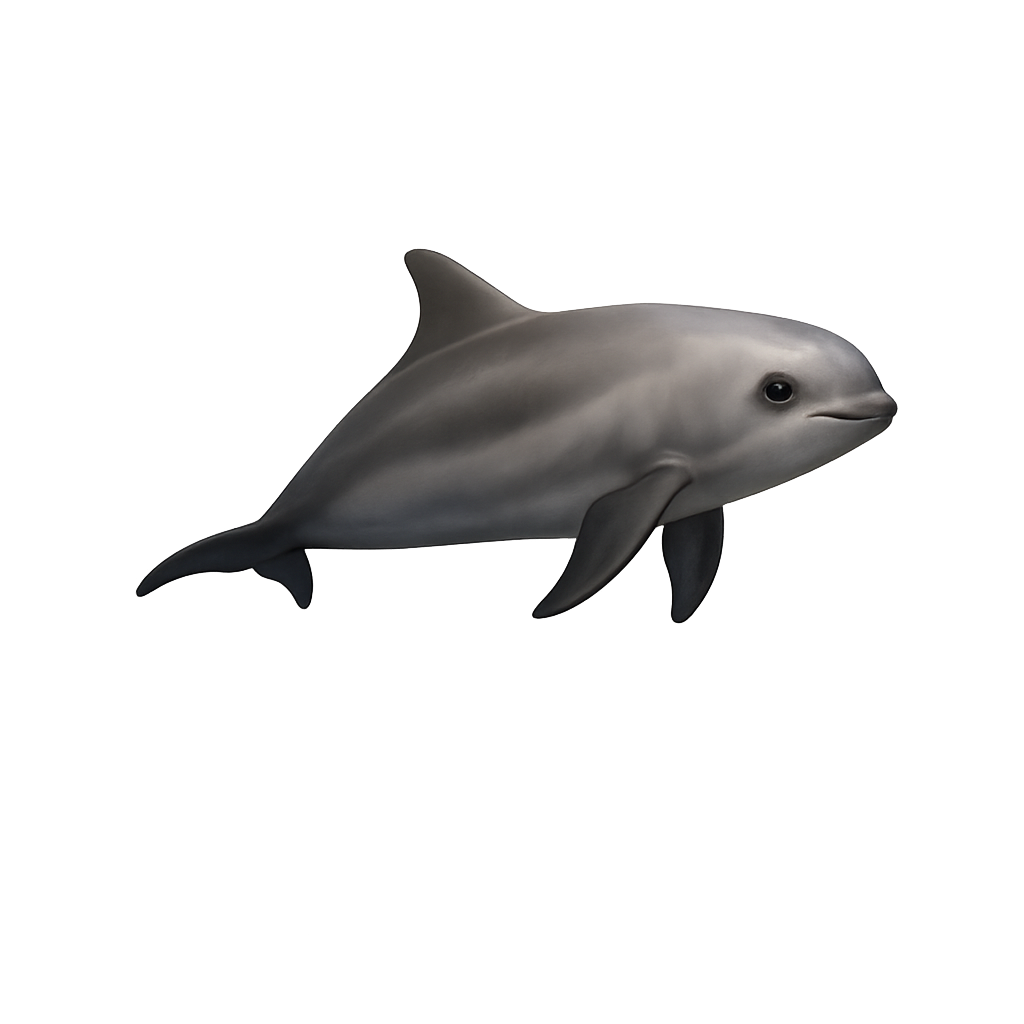Your wildlife tracking tool..
Browse 2,846species by country, track observations, and plan your photo outings.
Your global reference for wildlife photography
WildlifePhotographer gives you access to over 2,846 wildlife species sheets to help you identify, understand, and photograph wildlife around the world. Mammals, birds, reptiles… each sheet provides key information: habitat, activity, life cycle, signs of presence, and tailored photo tips.
Our database grows every week with new iconic species. To go further, access maps, reminders, logs, and personalized statistics in the app — designed to meet the real needs of wildlife photographers in the field.
Vervet monkeys
Cercopithecus aethiops
The Cercopithecus aethiops, commonly known as the vervet monkey, is a medium-sized primate easily recognizable by its black face surrounded by white fur. It primarily inhabits the savannas and forests of sub-Saharan Africa. These monkeys are highly social, living in groups of up to 50 individuals. They communicate using various calls and facial expressions. Omnivorous, they feed on fruits, leaves, flowers, insects, and small animals. Their intelligence and adaptability allow them to acclimate to various environments, including urban areas. However, their proximity to humans can lead to conflicts, particularly due to their tendency to raid crops.
Virginia opossum
Didelphis virginiana
The Virginia opossum is North America’s only marsupial, 40–60 cm long (excluding tail) and weighing 2–6 kg, with grey fur and a long prehensile tail. An opportunistic omnivore, it inhabits forests, fields, and suburban areas, feeding on fruits, insects, small vertebrates, and carrion. Solitary and nocturnal, it moves slowly on the ground and climbs trees with ease.
Vervet monkeys
Chlorocebus pygerythrus
Chlorocebus pygerythrus, commonly known as the vervet monkey, is a medium-sized primate found primarily in sub-Saharan Africa. It is characterized by its grey-green fur, black face surrounded by white hair, and long, slender tail. These monkeys are highly adaptable and can inhabit a variety of environments, from savannas to riverine forests. They are known for their intelligence and ability to adapt to urban settings. Vervets live in complex social groups where hierarchy and communication play a crucial role. They are diurnal, spending most of the day foraging for food, which mainly consists of fruits, leaves, and insects.
Vaquita porpoise
Phocoena sinus
The vaquita is a small porpoise (1.3–1.5 m, 40–60 kg) endemic to the Upper Gulf of California, with pale grey-blue skin and rounded head. Critically endangered, it uses echolocation to hunt fish and shrimp in turbid, shallow waters (<30 m). Fewer than 10 remain due to bycatch in gillnets and illegal fishing.
Vicuna
Vicugna vicugna
The Vicuna is a wild camelid native to the high plateaus of the Andes in South America. This small animal with silky, lightweight fur is closely related to the llama and alpaca, but unlike these, the vicuna is a wild animal. It lives in the mountainous regions of Argentina, Chile, Bolivia, and Peru, at high altitudes, often above 3,000 meters. The vicuna primarily feeds on herbaceous vegetation, especially alpine grasses. Its wool, soft and fine, is highly sought after, but it is protected by strict regulations. It is a timid animal, living in small groups and often moving over great distances in search of food.






